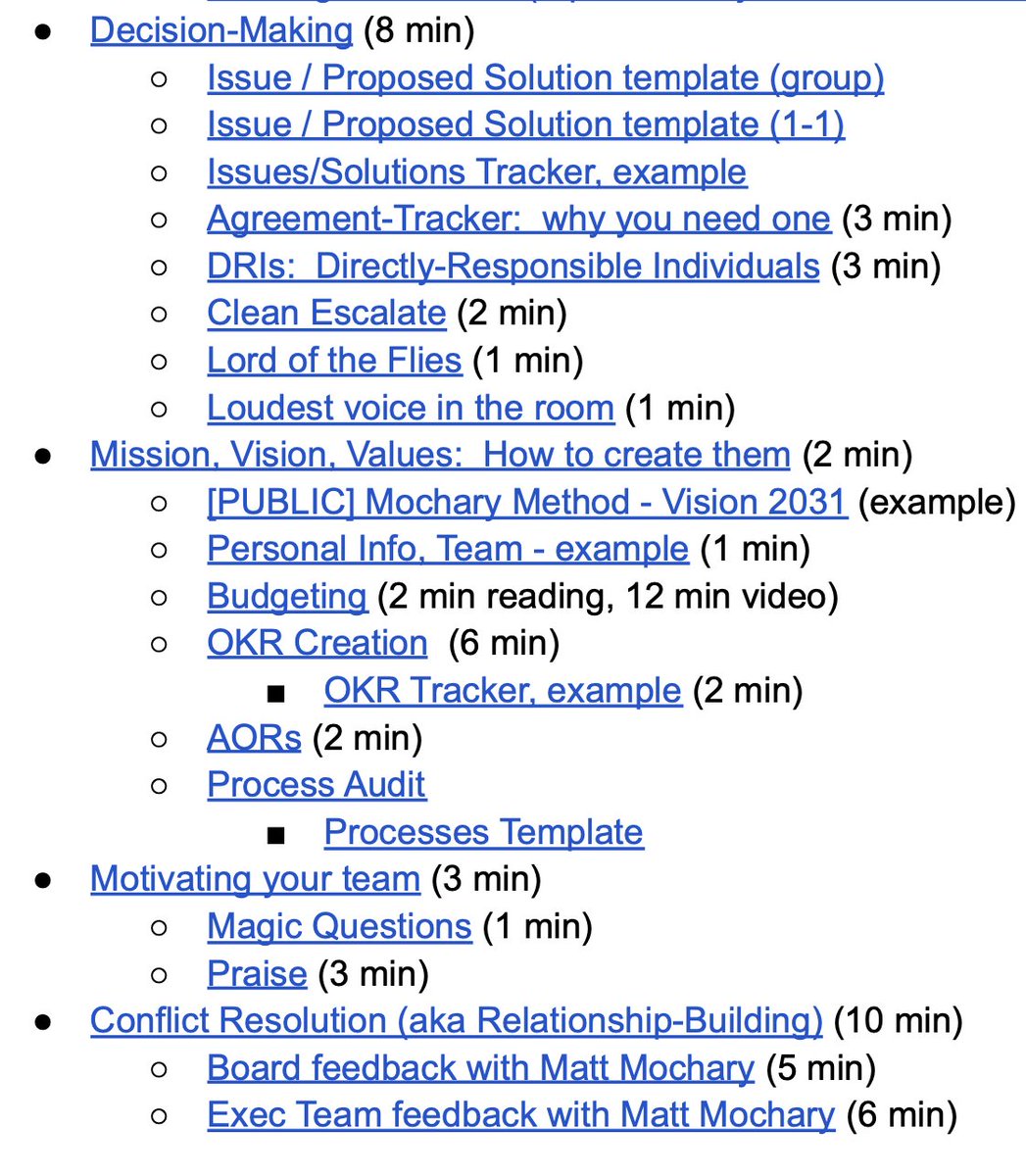Don’t have an idea? You don’t have to have one. Buy one.
Don’t know how to code? You don’t have to. Use revenue to outsource development.
You do not rise to the level of your goals. You fall to the level of your systems.
— James Clear (@JamesClear) October 4, 2018

Transparency time:
— Sharath \U0001f4e3 (@5harath) February 12, 2021
It's been 24hrs @shoutoutso_ went to public launch \U0001f525
Some numbers:
\U0001f4b0 6 rockstars bought Pro, Pro Annual plans.
\U0001f4aa\U0001f3fd 168 signups.
\u2665\ufe0f 182 Shoutout walls created.
\U0001f465 160K Twitter impressions on launch thread.
Thank you for making it a huge day for us \U0001f64f\U0001f3fd pic.twitter.com/is9Z53trIh
Transparency time: It's been 2 weeks since @shoutoutso_ launched to the public \U0001f525
— Sharath \U0001f4e3 (@5harath) February 25, 2021
Here are some highlights:
\U0001f451 18 rockstars paid customers
\U0001f4b0 $240 MRR
\U0001f4aa 426 signups and counting
\u2764\ufe0f 140 walls published
\U0001f3c6 #3 product @ProductHunt
Appreciate this community so much\U0001f64f\U0001f3fd pic.twitter.com/KmKCZdHqlJ
Transparency time: Week 3 @shoutoutso_ \U0001f525
— Sharath \U0001f4e3 (@5harath) March 4, 2021
Here are some highlights:
\U0001f451 29 rockstar paid customers
\U0001f4b0 $460 MRR
\U0001f4aa 475 signups and counting
\u2764\ufe0f 163 walls published
\U0001f3c6 Launched on @ProductHunt(#3) @IndieHackers
Grateful for this amazing community for all the love and support \U0001f64f\U0001f3fd pic.twitter.com/MVGo0cfZJj
Transparency time: It's been a month we launched @shoutoutso_ \U0001f525
— Sharath \U0001f4e3 (@5harath) March 11, 2021
Here are some highlights:
\U0001f451 36 rockstar paid customers
\U0001f4b0 $610 MRR
\U0001f4aa 516 signups and counting
\u2764\ufe0f 191 walls published
\U0001f3c6 @ProductHunt Maker Grant Award
Grateful for this amazing community for all the love \U0001f64f\U0001f3fd pic.twitter.com/1i7LxLU4Ap